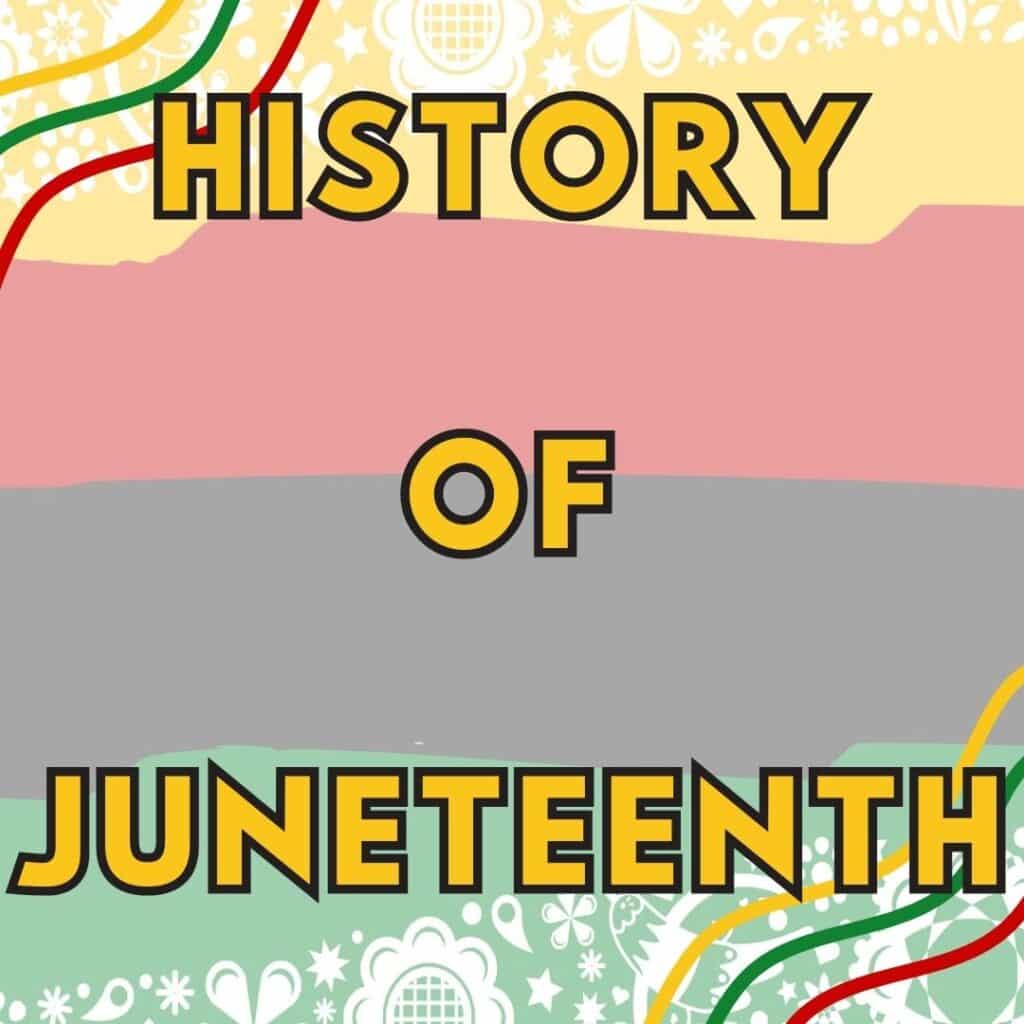
Are you a history teacher looking to incorporate project-based learning (PBL) into your classroom? 📚 Look no further! PBL is a great way to engage your students and get them excited about learning history. 🤓 Here’s how you can use PBL in your history classroom:
Using PBL in your history classroom is a great way to engage your students and get them excited about learning. It allows them to explore topics in depth and come up with creative ways to present their findings. Plus, it’s a great way to help your students develop important skills like critical thinking, collaboration, and communication. 💪
Here are some ideas that you can get started with today:
So why wait? Try incorporating PBL into your history classroom today and watch your students thrive! 🙌🏽
| Cookie | Duration | Description |
|---|---|---|
| cookielawinfo-checbox-analytics | 11 months | This cookie is set by GDPR Cookie Consent plugin. The cookie is used to store the user consent for the cookies in the category "Analytics". |
| cookielawinfo-checbox-functional | 11 months | The cookie is set by GDPR cookie consent to record the user consent for the cookies in the category "Functional". |
| cookielawinfo-checbox-others | 11 months | This cookie is set by GDPR Cookie Consent plugin. The cookie is used to store the user consent for the cookies in the category "Other. |
| cookielawinfo-checkbox-necessary | 11 months | This cookie is set by GDPR Cookie Consent plugin. The cookies is used to store the user consent for the cookies in the category "Necessary". |
| cookielawinfo-checkbox-performance | 11 months | This cookie is set by GDPR Cookie Consent plugin. The cookie is used to store the user consent for the cookies in the category "Performance". |
| viewed_cookie_policy | 11 months | The cookie is set by the GDPR Cookie Consent plugin and is used to store whether or not user has consented to the use of cookies. It does not store any personal data. |